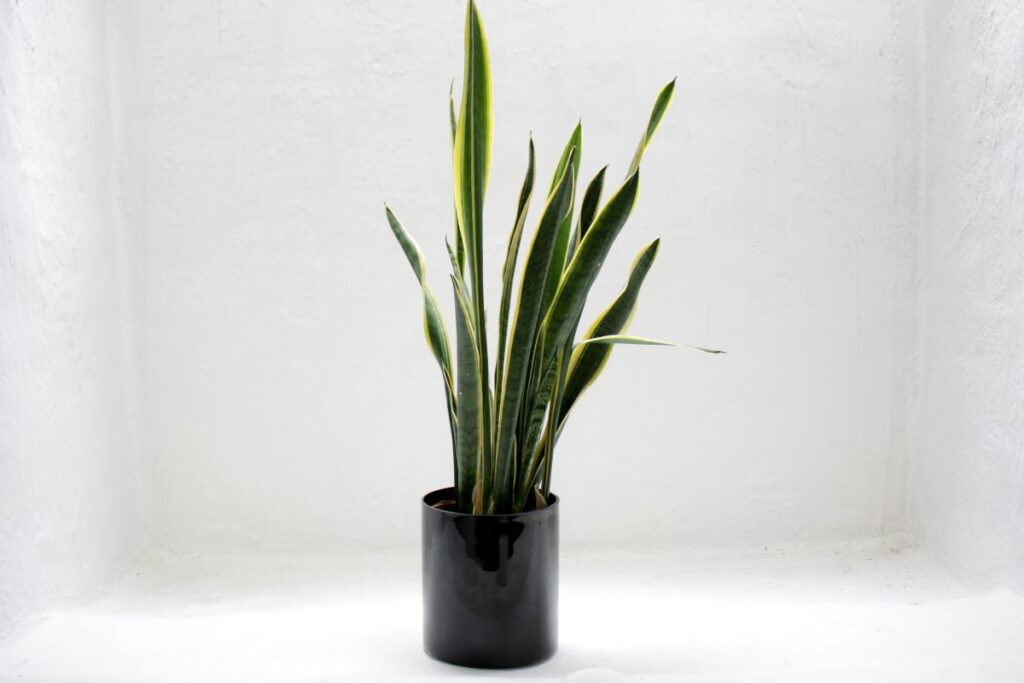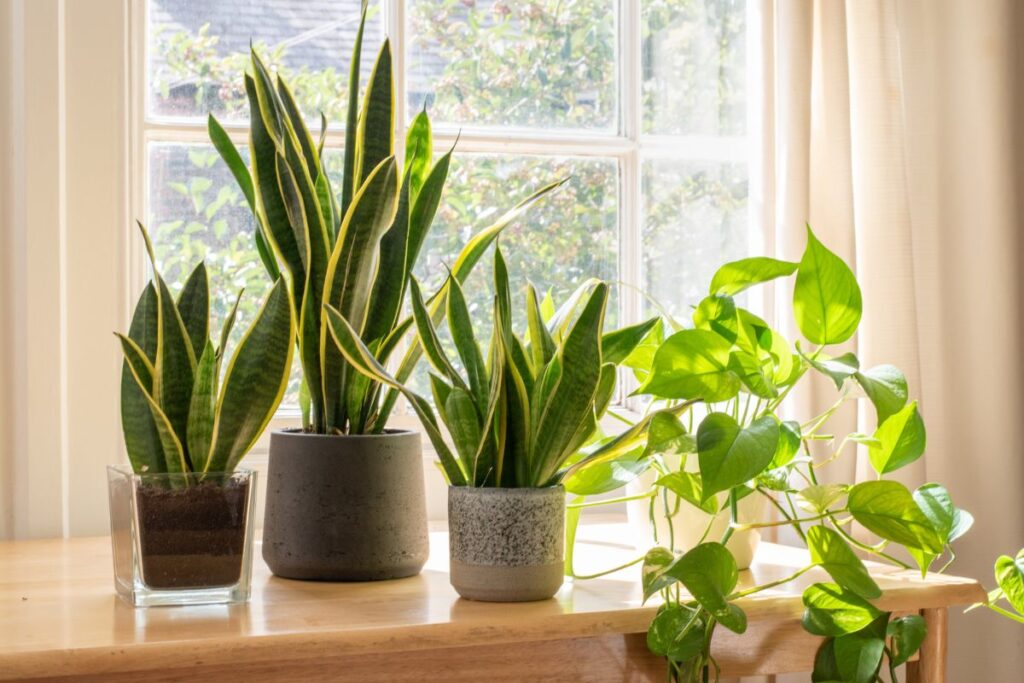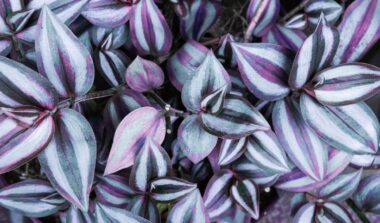Welcome to our comprehensive guide on snake plants, also known as Sansevieria! In this article, we will explore everything you need to know about snake plants, including their lifespan, characteristics, how to grow them, different types, benefits, interesting facts, propagation techniques, care tips, pests and diseases, common problems, and frequently asked questions.
Whether you’re a beginner or an experienced plant enthusiast, this guide will provide you with valuable insights into the world of snake plants.
Snake Plant Overview

The snake plant, scientifically known as Sansevieria, is a popular and versatile houseplant that is native to West Africa. It belongs to the Asparagaceae family and is also commonly referred to as mother-in-law’s tongue or viper’s bowstring hemp. The snake plant is known for its striking appearance and numerous benefits, making it a favorite among plant enthusiasts.
Snake Plant Profile
| Property | Information |
| Kingdom | Plantae |
| Clade | Tracheophytes |
| Clade | Angiosperms |
| Clade | Monocots |
| Order | Asparagales |
| Family | Asparagaceae |
| Subfamily | Nolinoideae |
| Native | Western Africa |
| Genus | Dracaena |
| Species | D. trifasciata |
| Binomial name | Dracaena trifasciata |
| Common names | Snake plant; Mother-in-law’s tongue |
| Cultivars | ‘Compacta’, ‘Goldiana’, ‘Hahnii’, ‘Laurentii’, ‘Silbersee’, ‘Silver Hahnii’, ‘Hahnii’ |
| Leaves | Thick, Patterned |
| Height | 8 Inches to 12 Feet |
| Sun Exposure | Sun to part shade |
| Soil Type | Sandy, well-drained |
| Soil pH | Slightly acidic to slightly alkaline |
| Bloom Time | Spring |
| Flower Color | White |
| Hardiness Zones | 9–11 (USDA) |
Characteristics of Snake Plant
Snake plants have several distinguishing characteristics that make them unique and appealing. Here are some notable features:
- Sword-like leaves: The leaves of the snake plant are long, upright, and sword-shaped, with a pointed tip. They grow in a rosette formation, creating an attractive architectural display.
- Variegated patterns: Snake plants come in various variegated patterns, with different shades of green and yellow. Some varieties even have silvery-gray or white variegation, adding further visual interest.
- Tough and hardy: Snake plants are incredibly resilient and can tolerate a wide range of conditions. They can withstand low light, fluctuating temperatures, and neglect, making them ideal for beginners or those with busy lifestyles.
- Air-purifying qualities: One of the standout characteristics of snake plants is their ability to purify the air. They are known to remove toxins like formaldehyde and benzene from the surrounding environment, improving indoor air quality.
What is the lifespan of a snake plant?
The snake plant, with its ability to thrive in various conditions, is known for its exceptional longevity. On average, a well-maintained snake plant can live for 10 to 20 years.
With proper care and optimal conditions, some snake plants have been known to survive for even longer periods, making them excellent choices for those seeking a long-term companion in their indoor or outdoor space.
How to Grow Snake Plant?

Growing snake plants is relatively easy, making them suitable for both beginners and seasoned gardeners. Here are the steps to successfully grow a snake plant:
- Choose the right location: Snake plants thrive in bright, indirect light but can tolerate low-light conditions. Place them near windows or in well-lit areas, avoiding direct sunlight.
- Select the appropriate container: Use a well-draining pot or container with drainage holes to prevent waterlogged soil, which can lead to root rot.
- Prepare the soil: Use a well-draining potting mix, such as a combination of regular potting soil and perlite or sand, to ensure proper drainage and aeration.
- Planting the snake plant: Gently remove the snake plant from its nursery pot and place it in the new container, ensuring that the roots are adequately covered with soil. Avoid burying the leaves too deep.
- Watering: Allow the soil to dry out partially between waterings. Snake plants are drought-tolerant and prefer slightly dry conditions.
- Fertilization: Feed your snake plant with a balanced houseplant fertilizer once every few months during the growing season (spring and summer).
- Maintenance: Regularly remove any dead or yellow leaves to maintain the plant’s appearance and overall health.
Related Reading:
Types of Snake Plant

Snake plants come in various types, each with its unique characteristics and appearance. Here are some popular snake plant varieties:
- Sansevieria trifasciata: Commonly known as the “Mother-in-law’s tongue,” it has long, pointed leaves with yellow margins.
- Sansevieria cylindrica: Also called the “Cylindrical snake plant,” it features round, spear-like leaves that grow upright.
- Sansevieria masoniana: Known as the “Whale’s fin” or “Shark’s fin” snake plant, it has wide, paddle-shaped leaves with mottled patterns.
- Sansevieria bacularis: This snake plant variety showcases cylindrical, smooth leaves that resemble bamboo.
- Sansevieria golden hahnii: A compact snake plant with short, variegated leaves, perfect for small spaces.
Benefits of Snake Plants
Snake plants offer several benefits, making them a popular choice for both indoor and outdoor settings. Here are some key advantages of having snake plants:
- Air purification: Snake plants are excellent natural air purifiers, filtering out harmful toxins like formaldehyde, benzene, xylene, and trichloroethylene from the air.
- Improved sleep quality: Snake plants release oxygen at night, making them ideal bedroom plants. The increased oxygen levels can promote better sleep by reducing the carbon dioxide concentration in the room.
- Low maintenance: Snake plants are resilient and can tolerate a wide range of growing conditions. They require minimal watering and are generally pest-resistant.
- Décor enhancement: With their elegant and architectural appearance, snake plants add a touch of sophistication and beauty to any space. They make great statement pieces and complement various interior styles.
- Health benefits: The presence of indoor plants, including snake plants, has been linked to improved mood, reduced stress levels, and enhanced productivity.
What are some interesting facts about snake plants?
Snake plants have an intriguing history and unique characteristics that make them captivating. Here are some interesting facts about snake plants:
- NASA-approved air purifier: Snake plants were part of NASA’s Clean Air Study, which aimed to find plants that effectively remove indoor air pollutants.
- Feng Shui significance: Snake plants are believed to attract positive energy and good luck according to the principles of Feng Shui when placed in certain areas of the home or office.
- Traditional medicinal uses: In some cultures, snake plants have been used for their medicinal properties, such as treating headaches, snake bites, and respiratory issues.
- Tolerance to neglect: Snake plants can withstand neglect and survive in low-light and low-water conditions, making them ideal for busy individuals or those with limited gardening experience.
- Symbolic meanings: Snake plants symbolize resilience, strength, and protection in many cultures and are often given as gifts to wish someone well.
Propagating Snake Plant

Propagating snake plants is a rewarding process that allows you to expand your collection or share plants with friends and family. Here’s a step-by-step guide on propagating snake plants through division:
- Choose a healthy mother plant: Select a mature snake plant with several leaves and a well-established root system.
- Prepare the tools: You’ll need a clean, sharp knife or gardening shear for cutting the plant.
- Divide the plant: Carefully remove the snake plant from its container and gently separate the rhizomes (underground stems) into individual sections, ensuring each division has both leaves and roots.
- Trim and report: Trim any damaged or rotting roots and repot the divisions into separate containers filled with well-draining potting soil. Water lightly and place them in a bright location, gradually acclimating them to direct light.
- Care for the new plants: Provide the newly propagated snake plants with regular care, including appropriate watering and light conditions, to encourage healthy growth.
Snake Plant Care Tips
Proper care is essential to ensure the health and vitality of your snake plant. While snake plants are relatively low-maintenance, they still require some attention to thrive. Here are some essential care tips to keep your snake plant in optimal condition:
- Light requirements: Snake plants are adaptable when it comes to light, but they prefer indirect, bright light. They can tolerate low-light conditions, but prolonged exposure to low light may affect their growth and variegation. Place your snake plant near a window with filtered sunlight for best results.
- Watering: Snake plants have low water requirements and are susceptible to root rot if overwatered. Allow the soil to dry out between waterings, and only water when the top inch of soil feels dry to the touch. During winter, reduce watering frequency as the plant goes into a dormant phase.
- Well-draining soil: Snake plants prefer well-draining soil that allows excess water to flow out easily. A good potting mix formulated for succulents or cacti is suitable. Avoid using heavy or water-retentive soils that can cause waterlogged conditions.
- Temperature and humidity: Snake plants can tolerate a wide range of temperatures but prefer average room temperatures between 60-85°F (15-29°C). They can handle lower temperatures, but it’s essential to avoid exposing them to extreme cold or drafts. Snake plants can adapt to average indoor humidity levels.
- Fertilization: Snake plants are not heavy feeders, and excessive fertilization can harm them. During the growing season (spring and summer), you can feed your snake plant with a balanced, diluted houseplant fertilizer once a month. Avoid fertilizing during winter months.
- Pest control: Snake plants are generally resistant to pests, but occasional infestations can occur. Keep an eye out for common houseplant pests like spider mites or mealybugs. If you notice any signs of pests, treat them promptly with a gentle insecticidal soap or neem oil.
By following these care guidelines, you can ensure that your snake plant thrives and continues to bring beauty and benefits to your indoor space. Remember to monitor your plant regularly, and make adjustments to the care routine as needed.
With proper care, your snake plant will reward you with its stunning foliage and air-purifying qualities for years to come.
How often to water snake plants?
Proper watering is essential for the health of snake plants. Here are some guidelines to help you determine the watering frequency:
- Water snake plants when the top inch of soil feels dry to the touch.
- During warmer months, water approximately once every two weeks.
- Reduce watering frequency during the winter months, allowing the soil to dry out more between waterings.
- Avoid overwatering, as snake plants are prone to root rot. Always ensure the soil has proper drainage.
Snake Plant Pests and Diseases

While snake plants are generally resilient against pests and diseases, there are a few issues you might encounter. Here are some common pests and diseases that can affect snake plants:
- Spider mites: These tiny pests can cause yellowing leaves and webbing on the plant. Use a gentle insecticidal soap or wipe the leaves with a damp cloth to remove them.
- Mealybugs: Mealybugs appear as white, cottony masses on the leaves and stems. Remove them manually or use insecticidal soap to control their population.
- Root rot: Overwatering or poorly-draining soil can lead to root rot. Ensure the pot has drainage holes and allow the soil to dry out between waterings to prevent this issue.
Common Problems With Snake Plant

Despite their resilience, snake plants can face a few common problems. Here are some issues you might encounter and how to address them:
- Yellowing leaves: Yellow leaves can be a sign of overwatering, insufficient light, or nutrient deficiencies. Adjust the watering routine, provide adequate light, and consider fertilizing if necessary.
- Soft or mushy leaves: Soft or mushy leaves indicate root rot. Check the roots for signs of decay and repot the plant in fresh, well-draining soil if necessary.
- Fungal infections: Snake plants can develop fungal infections if exposed to excessive moisture. Ensure proper ventilation and avoid overwatering to prevent fungal issues.
Related Reading:
- Everything You Need to Know About Cherokee Purple Tomatoes: From History to Harvesting
- Unlock the Secrets of the Orange Cucumber and Transform Your Well-Being
- Unleashing Joy: Exploring the Delightful World of Jolly Pumpkins
- What is the Difference Between Zucchini and Courgette?
- How To Grow Delicious Danvers Carrots?
- Why Eggplant Is King of Vegetables: Unveiling the Majesty of Aubergine
Conclusion
Snake plants are wonderful additions to any plant collection, with their unique appearance, air-purifying abilities, and easy care requirements. With the information and tips provided in this comprehensive guide, you are now equipped to grow and care for snake plants successfully.
From choosing the right container to understanding its various types and benefits, you have the knowledge to create a thriving snake plant oasis in your home or office. Enjoy the beauty and benefits that these remarkable plants bring, and happy gardening!
FAQs
Is snake plant a money plant?
No, snake plants are not the same as money plants. Money plants typically refer to the Epipremnum aureum, also known as Devil’s Ivy or Pothos.
Are snake plants toxic to dogs?
Yes, snake plants are mildly toxic to dogs if ingested. It’s best to keep them out of reach of pets to avoid any potential issues.
Is snake plant good for the bedroom?
Yes, snake plants are suitable for bedrooms. They release oxygen at night, promoting better air quality and potentially improving sleep.
Are snake plants toxic to cats?
Yes, snake plants are toxic to cats if ingested. It’s advisable to keep them away from cats or other curious pets.
What is the best soil for snake plants?
Snake plants prefer well-draining soil. A mix of potting soil and sand or perlite works well to provide adequate drainage.





